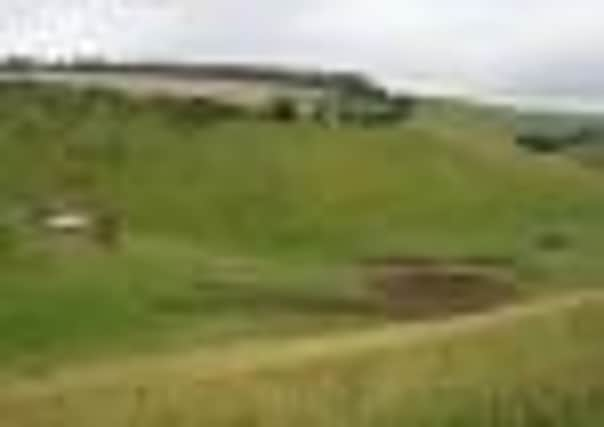Fears for huge tracts of rural land


Landscapes in North Yorkshire have been identified as among the most picturesque areas in the country which could be undermined in the overhaul of planning regulations.
The Campaign to Protect Rural England (CPRE) has claimed a clause which has protected countryside for the last 25 years will be lost under the proposed reforms – leaving vast tracts of rural areas more open to development.
Advertisement
Hide AdAdvertisement
Hide AdDetailed maps have been produced by the CPRE which show 55 per cent of England’s countryside could be at increased risk from development – an area almost three-and-a-half times the size of Wales.
While the Government’s proposals would retain protection for designated areas such as national parks, Areas of Outstanding Natural Beauty (AONBs) and the green belt, the CPRE has warned other parts of the countryside could now be at more risk.
The CPRE’s head of planning, Fiona Howie, said: “If Ministers value the English countryside as a whole, this should be reflected in the new national planning policies.
“It would be risky to rely solely on any local protection for the wider countryside, the status of which is extremely uncertain.
Advertisement
Hide AdAdvertisement
Hide Ad“Without national support, any protection local plans give to the wider countryside is likely to be challenged by developers.
“It’s important the Government gets this policy right first time round to avoid unnecessary damage to the countryside as the planning reforms are implemented on the ground.”
The research carried out by the CPRE has identified a total of 26,153 square miles of unprotected countryside that could be at risk.
The total area of countryside in England is 46,861 square miles, while Wales itself covers 7,722 square miles.
Advertisement
Hide AdAdvertisement
Hide AdCountryside surrounding the River Nidd to the west of Knaresborough has been identified as one of the most picturesque areas that could fall foul of the overhauled planning system.
The research also highlights an increased threat of development and urban sprawl for large parts of Cornwall and Devon, the Pennine slopes east of Macclesfield and the Welcombe Hills to the north of Stratford-upon-Avon.
The village of Hanbury in Worcestershire – which provided the inspiration for the fictional village of Ambridge from The Archers radio show – and areas of Buckinghamshire and Oxfordshire made famous in the Midsomer Murders television series could also be at more risk.
The CPRE highlights Prime Minister David Cameron’s recent description of west Oxfordshire, which includes his Witney constituency, as “one of the most beautiful parts of our country, set in some of England’s finest countryside” and warns 55 per cent of his constituency will be at greater risk unless the draft National Planning Policy Framework is amended to recognise the importance of the wider, undesignated countryside.
Advertisement
Hide AdAdvertisement
Hide AdSimilarly, East Yorkshire is deemed particularly vulnerable, with the report warning of the risk of development in the Yorkshire Wolds, so-called “Hockney Country”.
The CPRE’s research shows that, out of the top 150 constituencies with the most ordinary countryside at risk, five are held by Cabinet Ministers, including the Prime Minister.
Conservative MPs hold 118 of the 150 most at risk constituencies, 14 are held by Liberal Democrats and 17 by Labour. One of the constituencies is Buckingham which is held by Speaker John Bercow.
Ms Howie was adamant the CPRE was not seeking a national policy that would “prevent all development” but she claimed that “inappropriate, speculative building” of individual properties would gravely undermine the “intrinsic value of the wider countryside”.
Advertisement
Hide AdAdvertisement
Hide AdThe Department for Communities and Local Government (DCLG) has maintained that planning laws need to be overhauled to help a resurgence in the economy by encouraging construction and providing more homes and jobs.
A DCLG spokeswoman stressed, however, that development should not be pursued at the expense of the countryside.
She added: “We are determined to deliver a simpler planning system which makes absolutely clear the Government’s intention to provide the homes and jobs that the next generation needs while protecting our priceless countryside.
“The planning system has always enshrined the principle that the economic, environmental and social dimensions of sustainable development should be considered in a balanced way – and it will continue to do so.”